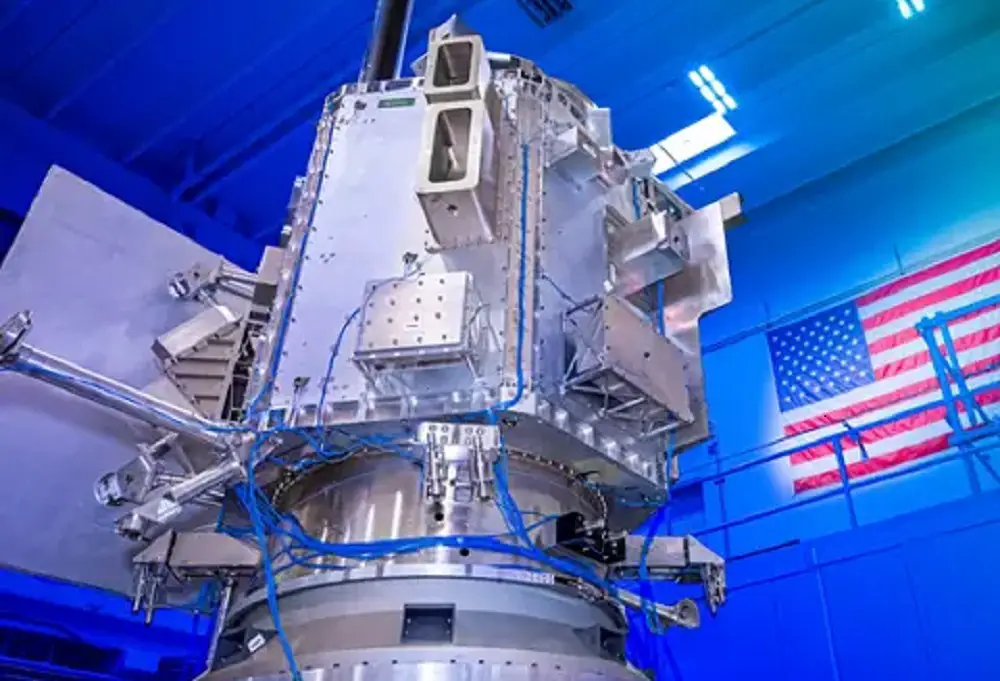BAE Systems’ Weather System Follow-on – Microwave (WSF-M) satellite was successfully launched from Vandenberg Space Force Base in California today. The U.S. Space Force’s Space Systems Command next-generation operational environmental satellite system will provide valuable data to help ensure the safety and success of warfighters as they carry out their missions around the world. The satellite’s Microwave Imager (MWI) will take passive radiometric measurements at multiple microwave frequencies to gather real-time data on ocean surface winds, tropical cyclone intensity, sea ice, soil moisture, and snow depth, all of which are critical gaps in our current space-based environmental monitoring capabilities.
“The launch of WSF-M represents a substantial advancement in our nation’s space-based environmental monitoring capabilities. We are honored to work on such an important project to help safeguard our nation’s and allies’ warfighters and military assets as they take on their biggest challenges,” said Thai Sheridan, vice president & general manager of Military Space for BAE Systems Space & Mission Systems.
Weather System Follow-on – Microwave (WSF-M) also includes a government-built Energetic Charged Particle (ECP) sensor designed to detect space weather incidents that cause spacecraft anomalies.Together, these measurements will provide the Department of Defense with the environmental intelligence necessary to properly plan and conduct their military operations. In addition to building the MWI, BAE Systems also designed and built the satellite bus and led all environmental and mission compatibility testing for the mission.
The company was also awarded a follow-on contract to build a second WSF-M satellite, which will be completed in 2026. BAE Systems collaborated with the Naval Research Laboratory’s (NRL) Blossom Point Tracking Facility (BPTF) on development of the ground system. WSF-M launched on a Falcon 9 rocket provided by SpaceX. The launch of WSF-M is the latest achievement in the Space & Mission Systems sector’s history of developing innovations in space-based environmental monitoring systems, which includes work on the NOAA-20 satellite, the Suomi National Polar Orbiting Partnership (Suomi NPP), and the Space Weather Follow-On (SWFO) mission among others.















